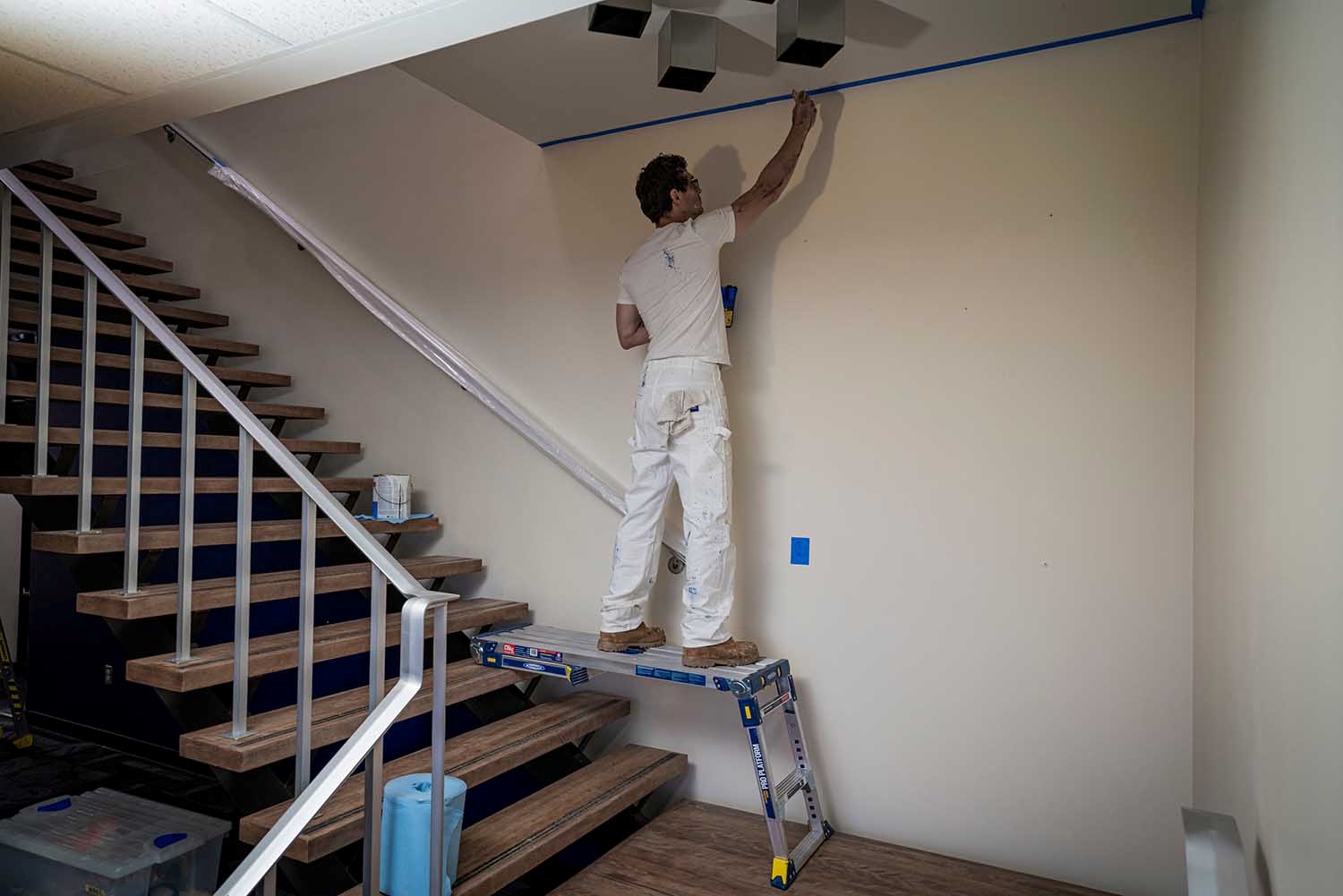

Articles
How To Use A Ladder To Paint A Stairwell
Modified: January 9, 2024
Looking for helpful articles on how to use a ladder to paint a stairwell? Our experts have you covered with step-by-step instructions and tips.
(Many of the links in this article redirect to a specific reviewed product. Your purchase of these products through affiliate links helps to generate commission for Storables.com, at no extra cost. Learn more)
Introduction
Welcome to our guide on how to use a ladder to paint a stairwell. Painting a stairwell can be a daunting task, especially when it comes to reaching those high and hard-to-reach areas. However, with the right tools, proper planning, and safety precautions, you can successfully tackle this project and achieve professional-looking results.
In this article, we will walk you through the step-by-step process of using a ladder to paint a stairwell. We will cover everything from assessing the stairwell and choosing the right ladder to preparing the area, setting up the ladder, and executing the painting process. By following these guidelines, you will be able to transform your stairwell into a fresh and vibrant space.
Before we begin, it is essential to prioritize safety throughout this entire project. Make sure you have a stable ladder, wear appropriate protective gear, and take necessary precautions to prevent accidents. Let’s get started on transforming your stairwell into a beautiful space!
Key Takeaways:
- Transform your stairwell with confidence by following safety precautions, choosing the right ladder, and properly preparing the area for painting. Achieve professional-looking results and create a fresh, vibrant space.
- Prioritize safety, take your time, and follow proper painting techniques to successfully use a ladder and transform your stairwell into a beautiful and inviting space. Don’t forget those finishing touches!
Read more: How To Hold Paint On An Extension Ladder
Step 1: Assessing the Stairwell
The first step in using a ladder to paint a stairwell is to assess the area and plan your approach. This will ensure that you have a clear understanding of the scope of the project and can make informed decisions when it comes to selecting the right ladder and gathering the necessary materials.
Start by thoroughly examining the stairwell. Take note of any high or hard-to-reach areas that will require a ladder to access. Consider the height of the walls and ceilings, as well as any obstacles such as handrails or fixtures that may need to be temporarily removed or worked around.
Next, evaluate the condition of the walls. Determine if any repairs or surface preparation, such as scraping or sanding, will be necessary before applying paint. This will help you estimate the amount of time and effort required for the project.
Take measurements of the stairwell, noting the height from the highest step to the ceiling, the width of the walls, and any alcoves or corners that may need special attention. These measurements will guide you in selecting the appropriate ladder size and determining the amount of paint needed.
Once you have assessed the stairwell and have a clear understanding of the project requirements, it’s time to move on to the next step.
Step 2: Choosing the Right Ladder
Choosing the right ladder is crucial when it comes to painting a stairwell safely and effectively. You want a ladder that provides the necessary height, stability, and maneuverability to access all areas of the stairwell.
Consider the height of the stairwell when selecting a ladder. A ladder with adjustable height or extension capabilities is ideal, as it allows you to reach high areas without compromising safety. Determine the maximum height needed based on your measurements from Step 1 and choose a ladder that can accommodate that height.
In addition to height, stability is a key factor to consider. Look for a ladder with wide, non-slip feet and a sturdy construction. This will ensure that the ladder remains steady while you work, minimizing the risk of accidents.
Maneuverability is also important, especially when navigating tight spaces in a stairwell. A ladder with a slim profile or folding capabilities can make it easier to move around and position the ladder in different areas without hindrance.
Another consideration is the ladder material. Aluminum ladders are lightweight and resistant to rust, making them a popular choice for painting projects. However, if you are working near electrical sources, it is recommended to opt for a fiberglass ladder, which is non-conductive and provides an added layer of safety.
Finally, make sure the ladder has a high weight capacity that can support both your weight and the weight of any tools or paint supplies you may need to bring up. It’s always better to choose a ladder with a higher weight capacity than what you actually require to ensure stability and safety.
Once you have selected the right ladder for your stairwell and painting project, proceed to the next step to prepare the area for painting.
Step 3: Preparing the Stairwell
Before you start painting, it is crucial to properly prepare the stairwell to ensure a smooth and long-lasting finish. This step involves cleaning the surfaces, repairing any damage, and protecting the surrounding area from paint splatters.
Begin by removing any furniture, artwork, or decorations from the stairwell. This will give you ample space to work and prevent any accidental damage to your belongings. If there are fixtures such as light switches or electrical outlets, cover them with masking tape or plastic sheeting to protect them from paint splatters.
Next, clean the surfaces that will be painted. Use a mild detergent and warm water solution to remove any dirt, dust, or grease. Wipe down the walls and let them dry completely before proceeding further.
If there are any cracks, holes, or imperfections on the walls, now is the time to repair them. Fill in the holes with spackling compound or a similar filler and smooth the surface with sandpaper once it dries. This will ensure a seamless and professional-looking finish.
Once the repairs are complete, it is recommended to prime the walls before painting. Primer helps create a smooth base, improves paint adhesion, and enhances the durability of the finish. Apply a thin and even coat of primer and allow it to dry according to the manufacturer’s instructions.
Lastly, protect the surrounding area by covering the floors with drop cloths or plastic sheeting. Use painter’s tape to mask off trim, baseboards, and any areas you do not want to be painted. This will save you time and effort in cleaning up any accidental drips or smudges.
With the stairwell properly prepared, you are now ready to move on to the next step and set up the ladder.
Step 4: Setting Up the Ladder
Now that you have prepared the stairwell, it’s time to set up the ladder in a safe and stable manner. Properly positioning the ladder will ensure your safety and allow you to paint with ease.
Before placing the ladder, double-check that the ladder is in good condition and that all the components are secure. Inspect the feet to ensure they are clean and free from any debris that could compromise stability.
Begin by choosing the side of the stairwell where you will start painting. Ideally, you want to position the ladder on solid ground rather than on a step, as this will provide a more stable base. However, if this is not possible, make sure the ladder is securely placed on the step, with its feet resting firmly on the surface.
Angle the ladder at a safe and comfortable inclination. The ladder should lean towards the wall at approximately a 75-degree angle. This will provide a good balance between stability and easy access to the wall.
As you set up the ladder, ensure that the ladder’s top is resting securely against the wall with its rungs parallel to the ground. Make sure the ladder is centered and aligned properly, both horizontally and vertically, to prevent it from tipping over during use.
If necessary, use ladder stabilizers, ladder levelers, or ladder standoff devices to increase stability and maintain proper distance from the wall. These accessories can provide added support and prevent damage to the wall surface.
Finally, after setting up the ladder, give it a gentle shake or test your weight on the ladder to ensure it is stable and secure. If there are any concerns about stability, reassess the ladder setup and make any necessary adjustments before proceeding with the painting process.
With the ladder properly set up, you are now ready to focus on ensuring safety measures before starting to paint.
When using a ladder to paint a stairwell, make sure the ladder is on a stable surface and at the correct angle. Use a ladder with a paint tray attachment for easy access to paint while on the ladder. Always have someone else present for safety.
Step 5: Ensuring Safety Measures
Ensuring safety is paramount when working with a ladder in a stairwell. It is essential to take the necessary precautions to protect yourself and prevent accidents during the painting process.
First and foremost, always wear appropriate safety gear. This includes a sturdy pair of non-slip shoes to provide traction on the ladder and protect your feet. Additionally, wearing safety goggles can protect your eyes from paint splatters or debris.
Before climbing the ladder, make sure it is secure and stable. Give it a few gentle shakes to test its stability. If you notice any wobbling or instability, reposition the ladder or adjust its setup until it feels firm and secure.
While climbing the ladder, maintain three points of contact at all times. This means having two hands and one foot, or two feet and one hand, on the ladder rungs or side rails. Avoid leaning too far to either side, as this can throw off the ladder’s balance and increase the risk of falling.
Take your time when ascending or descending the ladder. Avoid rushing or making sudden movements that can throw off your balance. If you need to carry paint cans or tools up the ladder, use a sturdy bucket or tool belt to keep your hands free for a stable grip.
Keep your body centered on the ladder and avoid overreaching. The ladder should be positioned in a way that allows you to comfortably reach the area you are painting without leaning excessively or straining yourself. If you can’t comfortably reach an area, reposition the ladder instead of stretching too far.
Stay aware of your surroundings and watch out for potential hazards. Pay attention to any obstacles, such as light fixtures or handrails, that may be in your way. Take extra caution when painting near electrical outlets or switches to avoid any accidents.
If you start to feel fatigued or uncomfortable while on the ladder, take a break and rest. It is important to listen to your body and avoid overexertion, as this can lead to accidents.
By following these safety measures, you can ensure a safe working environment while using a ladder in a stairwell. Now it’s time to move on to the next step and start painting the stairwell.
Step 6: Painting the Stairwell
Now that you have properly set up the ladder and ensured safety measures, it’s time to start painting the stairwell. Follow these steps to achieve a smooth and professional-looking finish.
Begin by cutting in the edges of the walls using a brush. Cut in along the ceilings, corners, and trim, painting a border around the edges of the stairwell. This will create clean lines and make it easier to fill in the larger areas with a roller.
Once the edges are cut in, use a roller to apply paint to the larger areas of the walls. Start at the top of the stairwell and work your way down, systematically moving from one section to another. Apply an even coat of paint using vertical or horizontal strokes, depending on your preference.
Take care not to overload the roller with too much paint, as this can lead to drips and uneven coverage. Instead, dip the roller into the paint tray and roll it back and forth until the roller is evenly coated.
Work in small sections at a time to ensure that the paint remains wet and blends seamlessly. Use a roller extension pole to reach high areas without straining or overreaching.
Stay mindful of the ladder placement as you move along the stairwell. Adjust the ladder as needed to maintain a stable position and easy access to the painting areas.
Allow the first coat of paint to dry completely before applying a second coat if necessary. Follow the manufacturer’s recommendations for drying time between coats.
Once you have completed painting all the desired areas, carefully remove any masking tape from trim or fixtures. Inspect the painted surfaces for any missed spots or imperfections, and touch up as needed.
After the touch-ups are complete, allow the final coat of paint to dry according to the manufacturer’s instructions. Clean up your painting supplies and let the stairwell air out before moving any furniture or decorations back into place.
Congratulations! You have successfully painted your stairwell using a ladder. Now, onto the final step to add the finishing touches.
Step 7: Finishing Touches
In the final step of using a ladder to paint a stairwell, it’s time to add those finishing touches that will elevate the overall look of the space. These small details can make a big difference in the final result.
Inspect the painted walls for any drips or uneven areas. Use a brush or roller to touch up any imperfections, ensuring a smooth and seamless finish.
Once the paint is dry and the touch-ups are complete, it’s time to remove any drop cloths or plastic sheeting and clean up the work area. Dispose of any paint cans, brushes, or rollers properly, following local waste disposal guidelines.
Take a moment to step back and admire your newly painted stairwell. The fresh coat of paint can instantly transform the space, making it look brighter, cleaner, and more inviting.
If desired, consider adding additional decorative elements, such as artwork, mirrors, or a new light fixture, to further enhance the aesthetic appeal of the stairwell.
Remember to properly maintain your newly painted stairwell. Regularly dust and clean the walls to keep them looking fresh. Avoid using abrasive cleaners or scrubbing the walls vigorously, as this can damage the paint. If necessary, touch up any areas as they begin to show signs of wear.
With the finishing touches complete, step back and appreciate the fruits of your hard work. You have successfully used a ladder to paint your stairwell, transforming it into a beautiful and inviting space.
Thank you for following our guide on how to use a ladder to paint a stairwell. We hope this step-by-step process has been informative and helpful. Remember to prioritize safety throughout the project and take breaks as needed. Happy painting!
Conclusion
Painting a stairwell can be a challenging task, but with the right approach and the use of a ladder, it is entirely achievable. By following the steps outlined in this guide, you can tackle this project with confidence and achieve professional-looking results.
Throughout the process, it is crucial to prioritize safety. Choose a ladder that is stable, secure, and suited to the height of your stairwell. Take the necessary precautions, such as wearing appropriate safety gear and maintaining three points of contact on the ladder at all times.
Assessing the stairwell, choosing the right ladder, and preparing the area are crucial steps in ensuring a smooth painting process. By thoroughly evaluating the project requirements and properly setting up the ladder, you can work efficiently and effectively.
When painting the stairwell, take your time, work in sections, and follow proper techniques such as cutting in the edges before using a roller for the larger areas. Applying multiple coats will create a luxurious finish, and touch-ups can be done to perfect the final result.
Finally, remember to add those finishing touches and maintain your newly painted stairwell to keep it looking fresh and inviting. Regular cleaning and maintenance will ensure the longevity of your paint job.
Thank you for joining us on this journey of using a ladder to paint a stairwell. We hope this guide has provided you with valuable insights and helpful tips for your painting project. Now go ahead and transform your stairwell into a beautiful space that you will love coming home to.
Frequently Asked Questions about How To Use A Ladder To Paint A Stairwell
Was this page helpful?
At Storables.com, we guarantee accurate and reliable information. Our content, validated by Expert Board Contributors, is crafted following stringent Editorial Policies. We're committed to providing you with well-researched, expert-backed insights for all your informational needs.
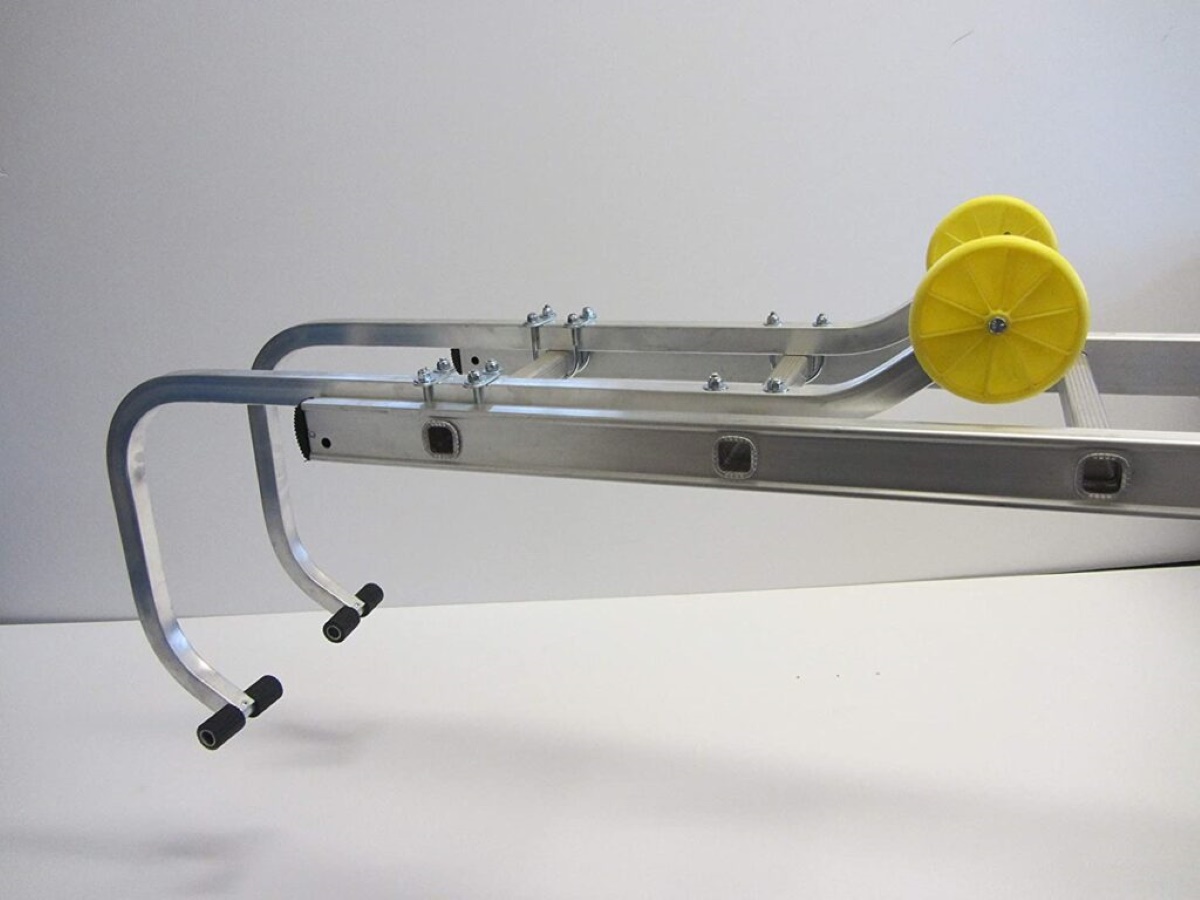
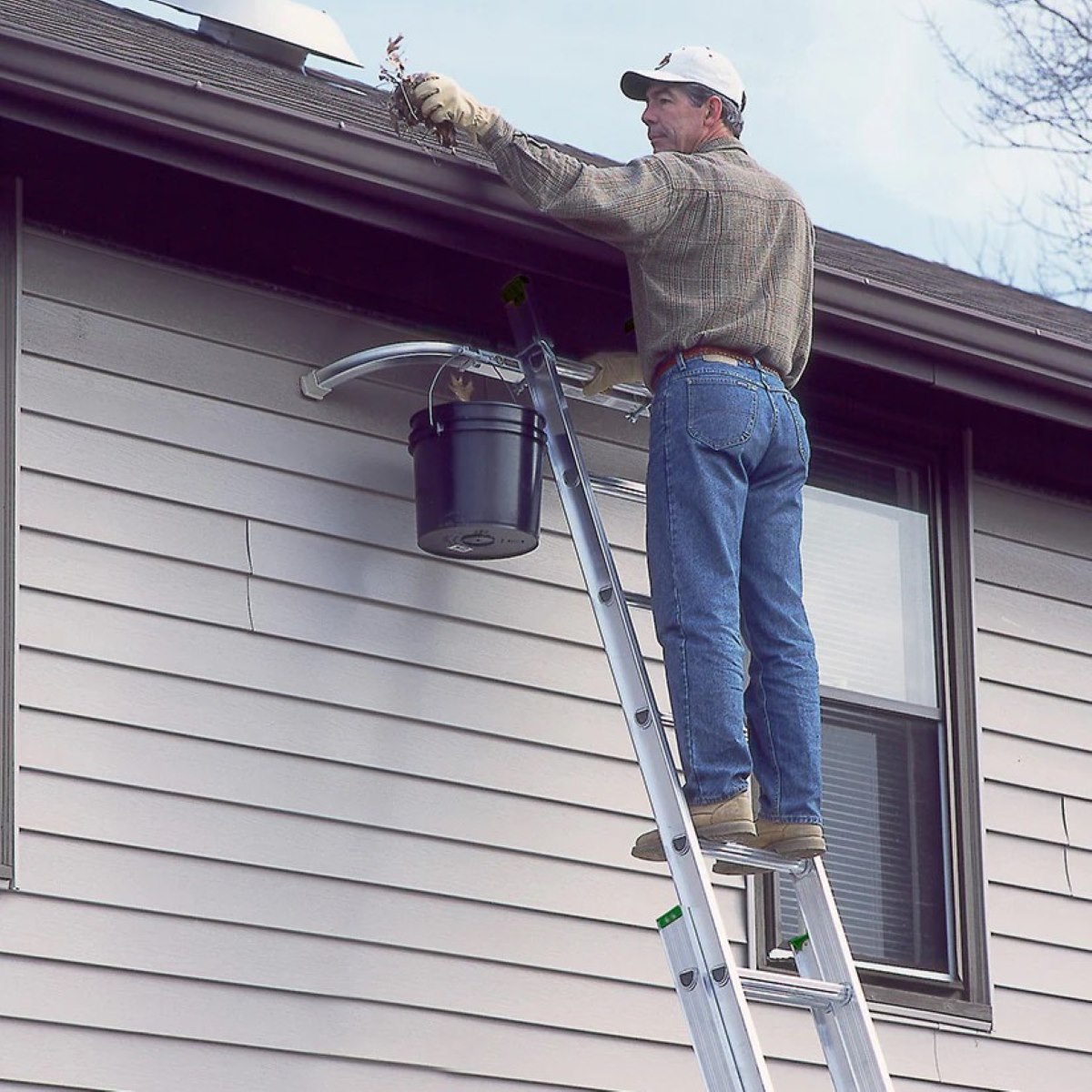

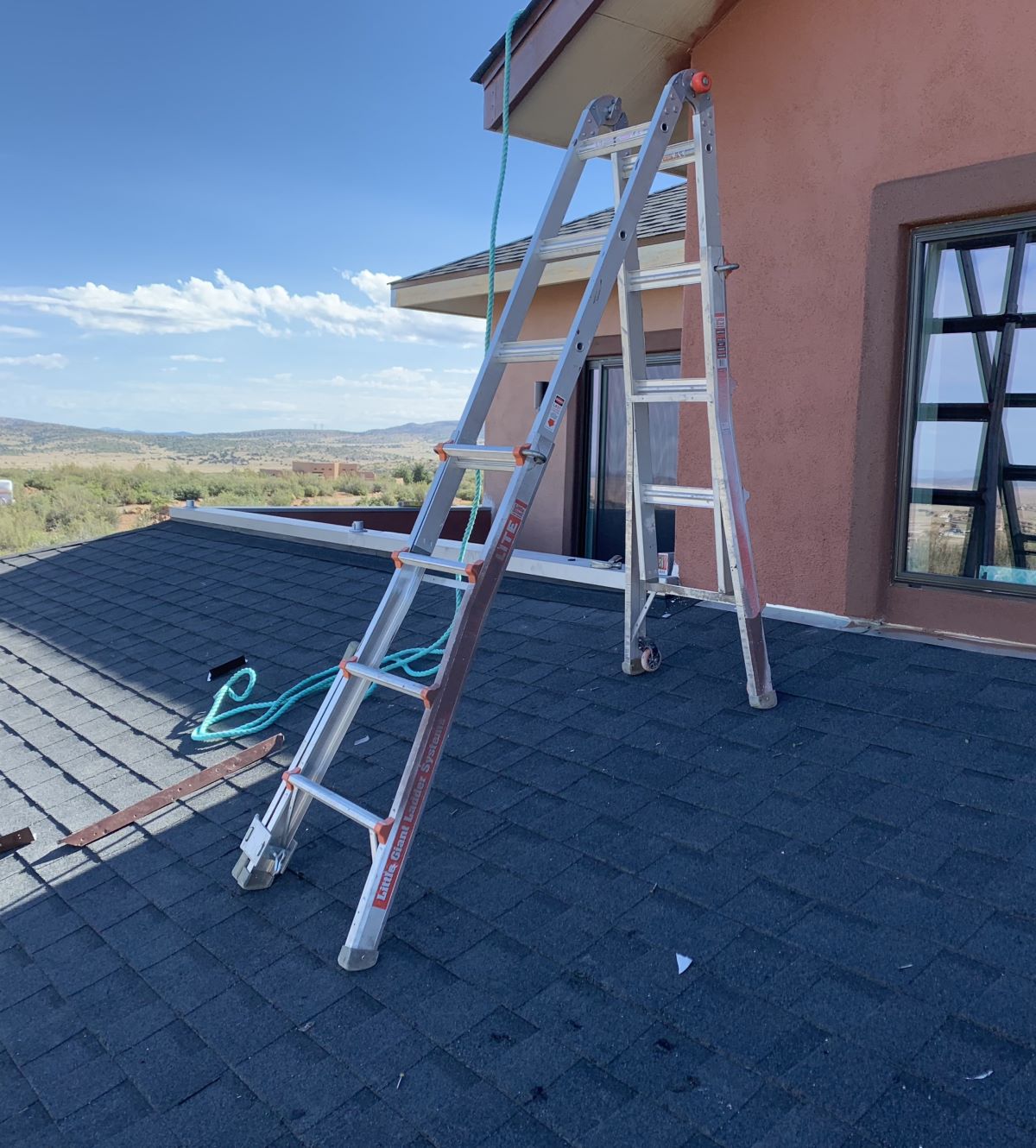
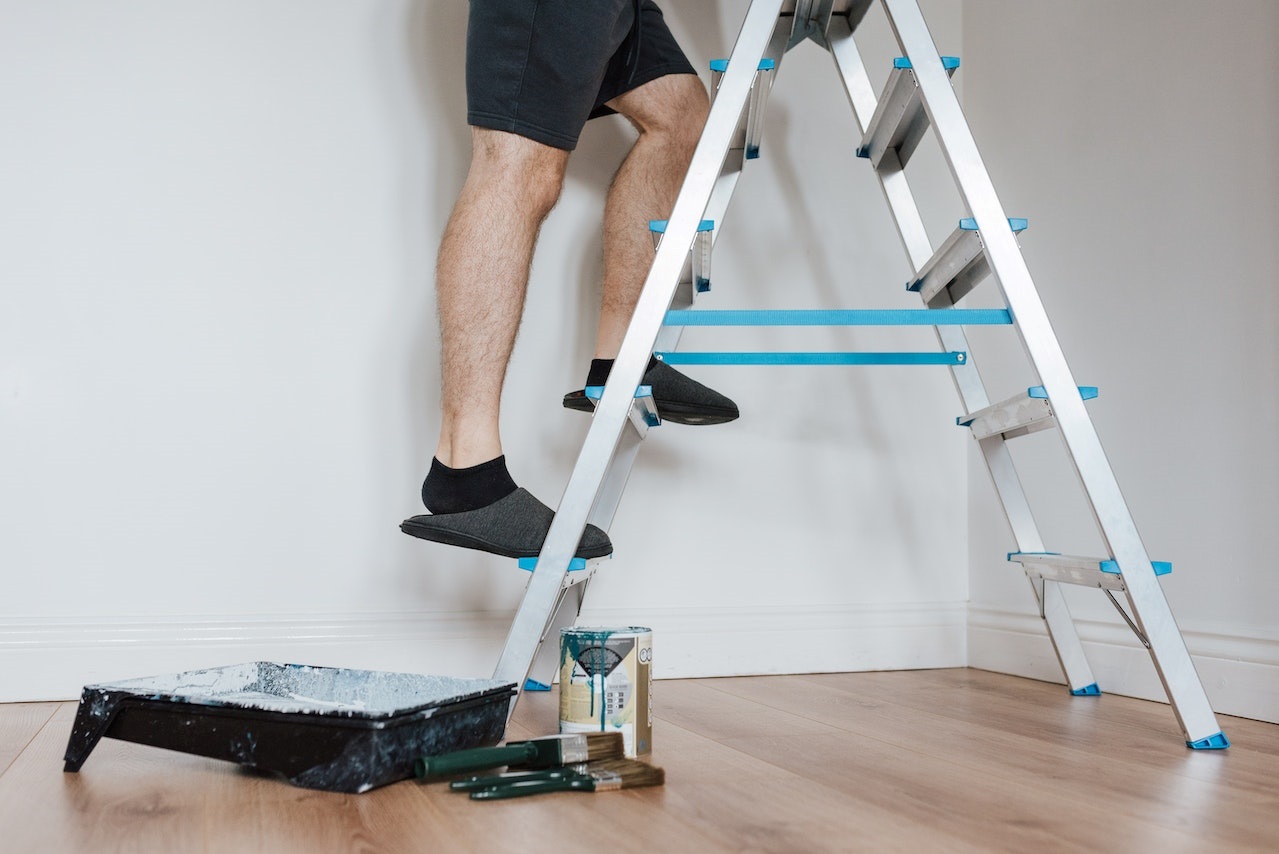
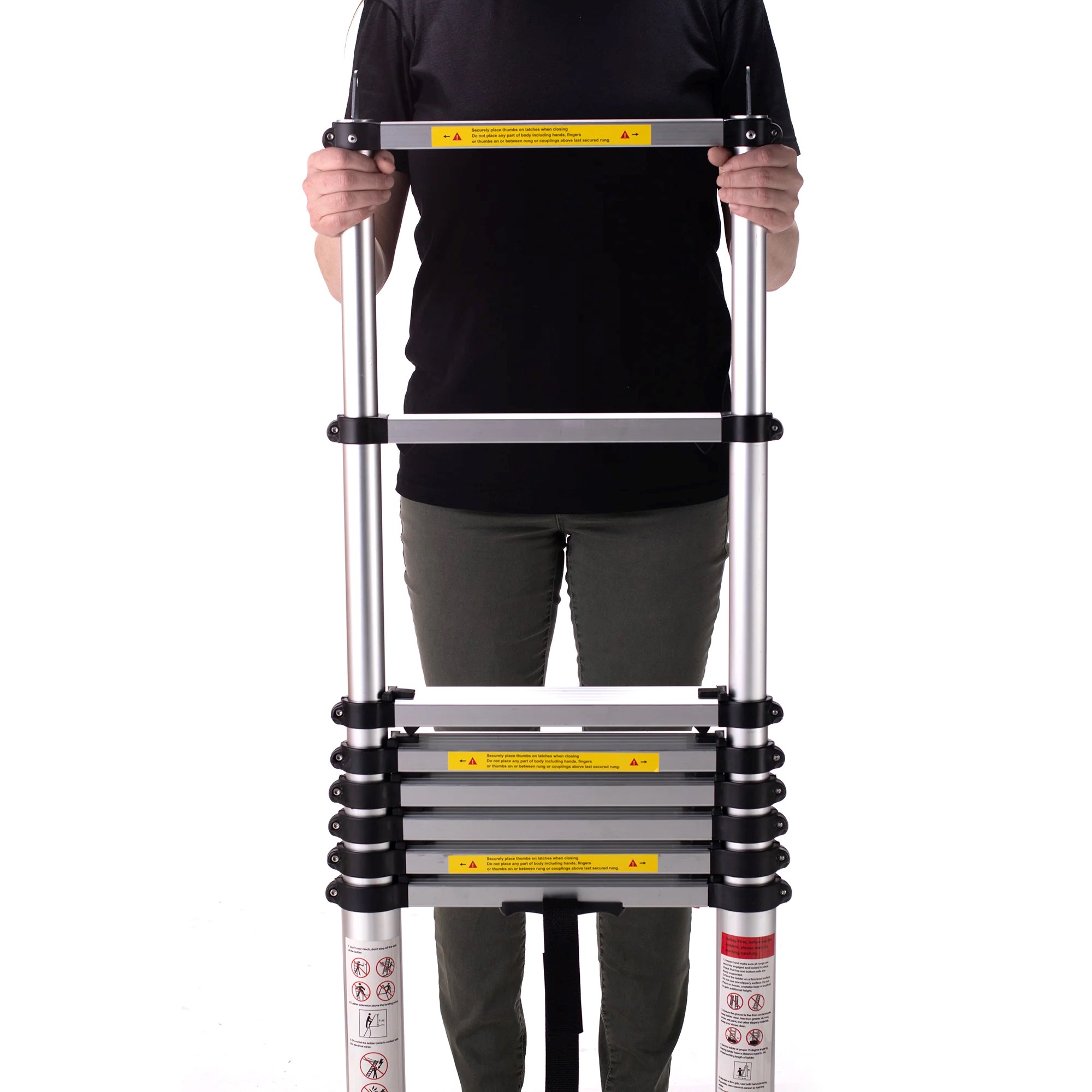
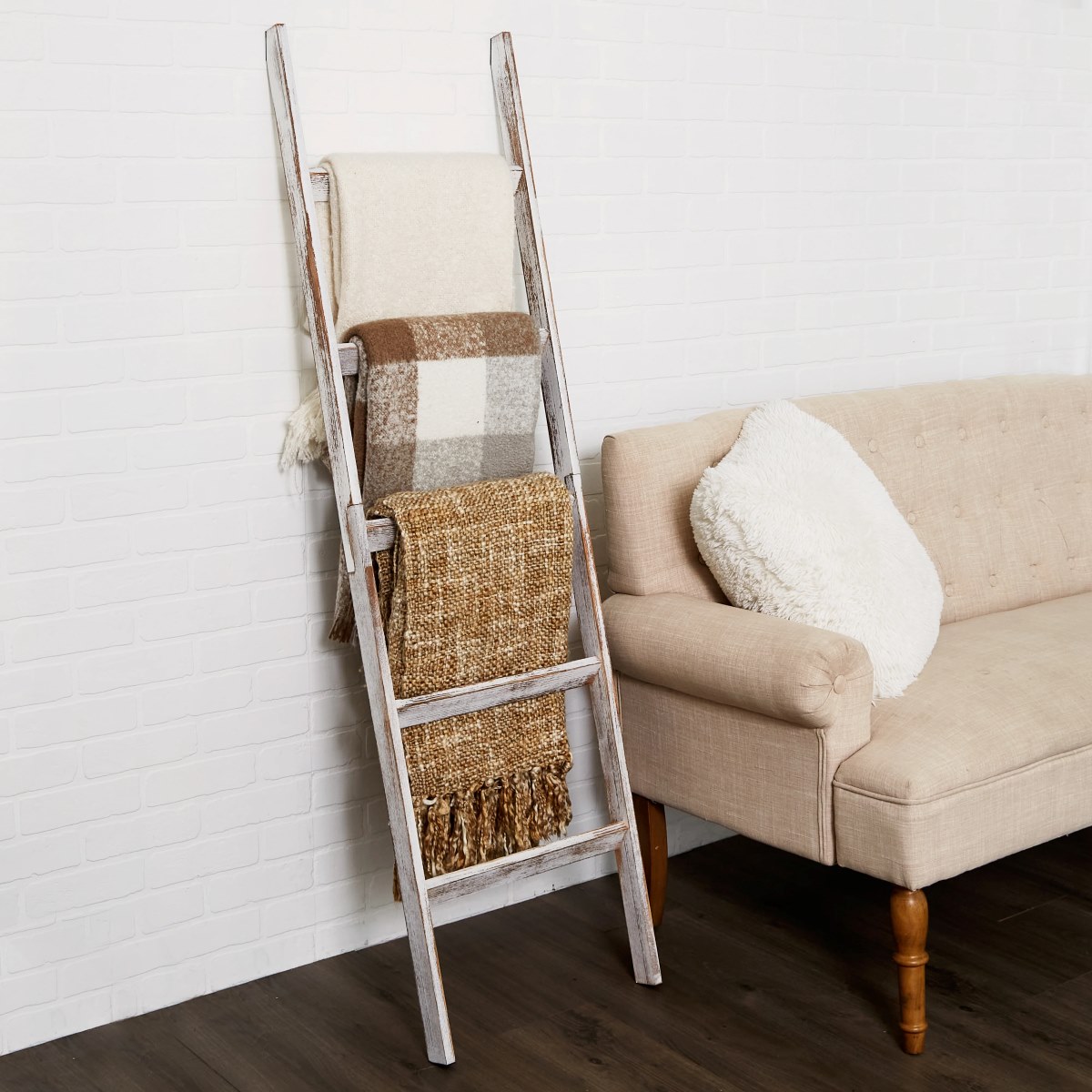
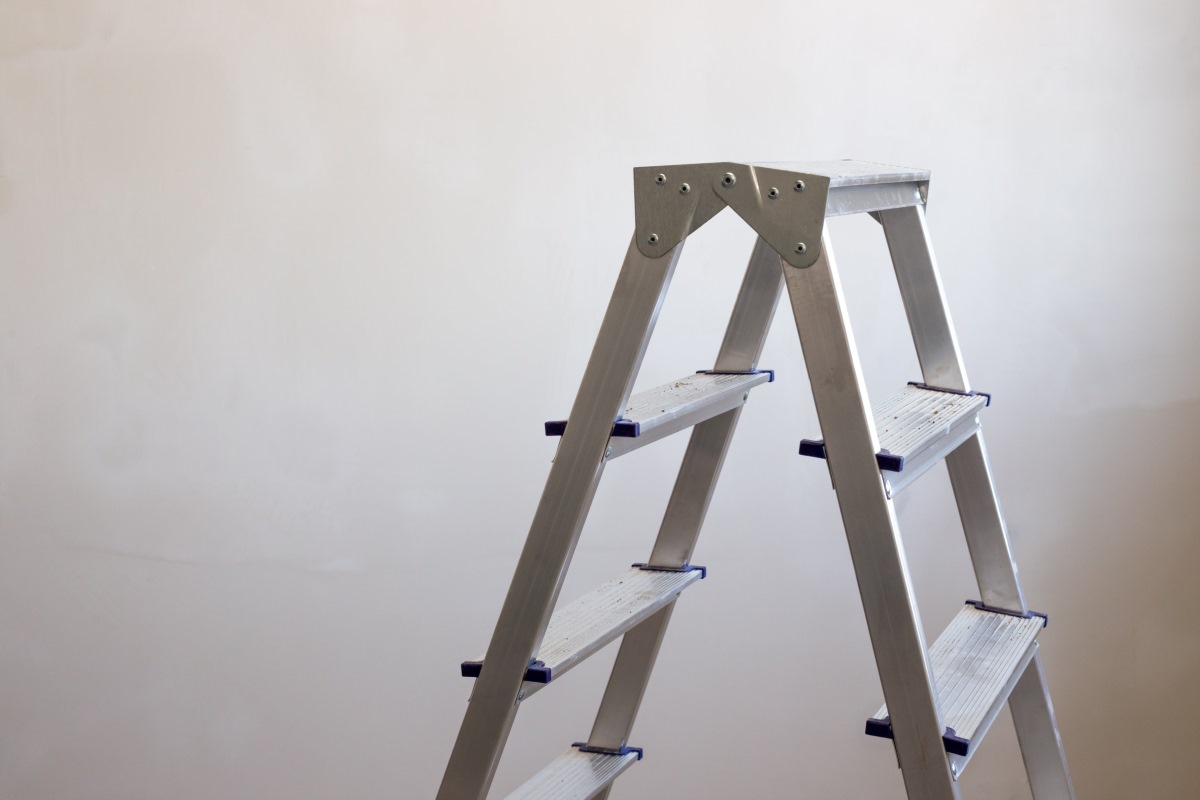
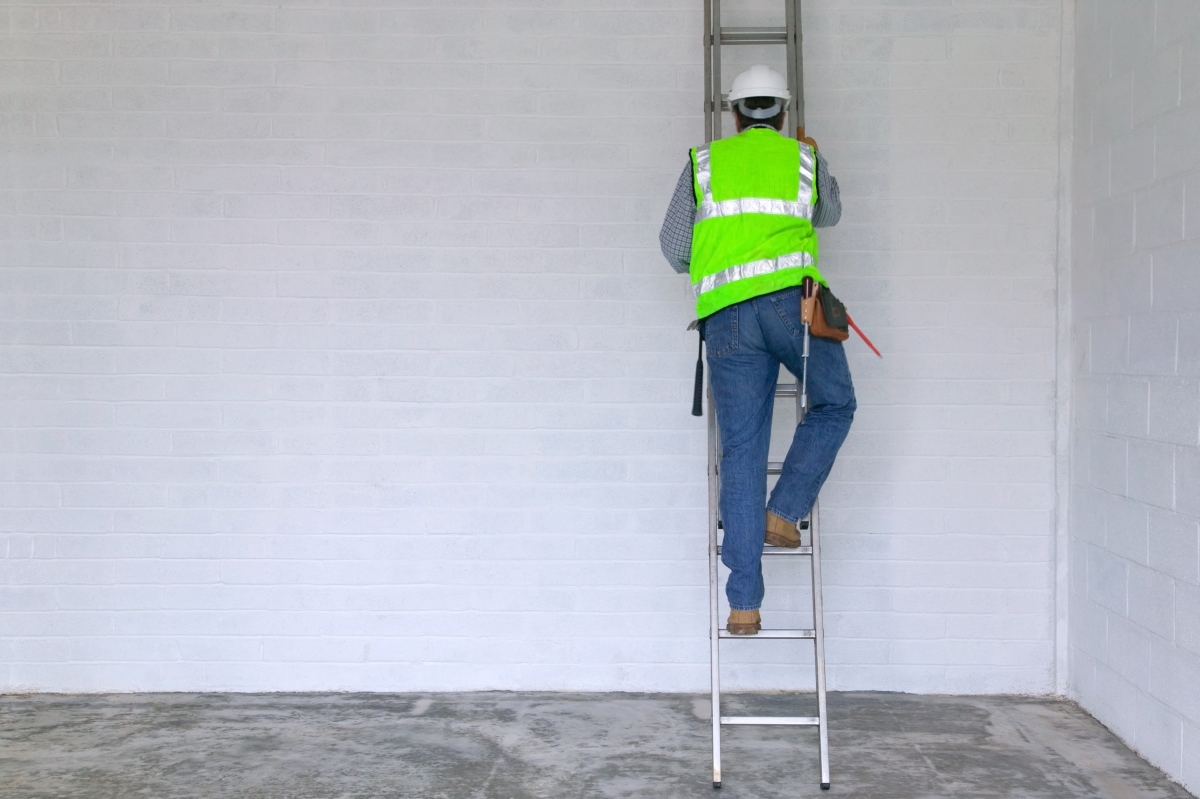


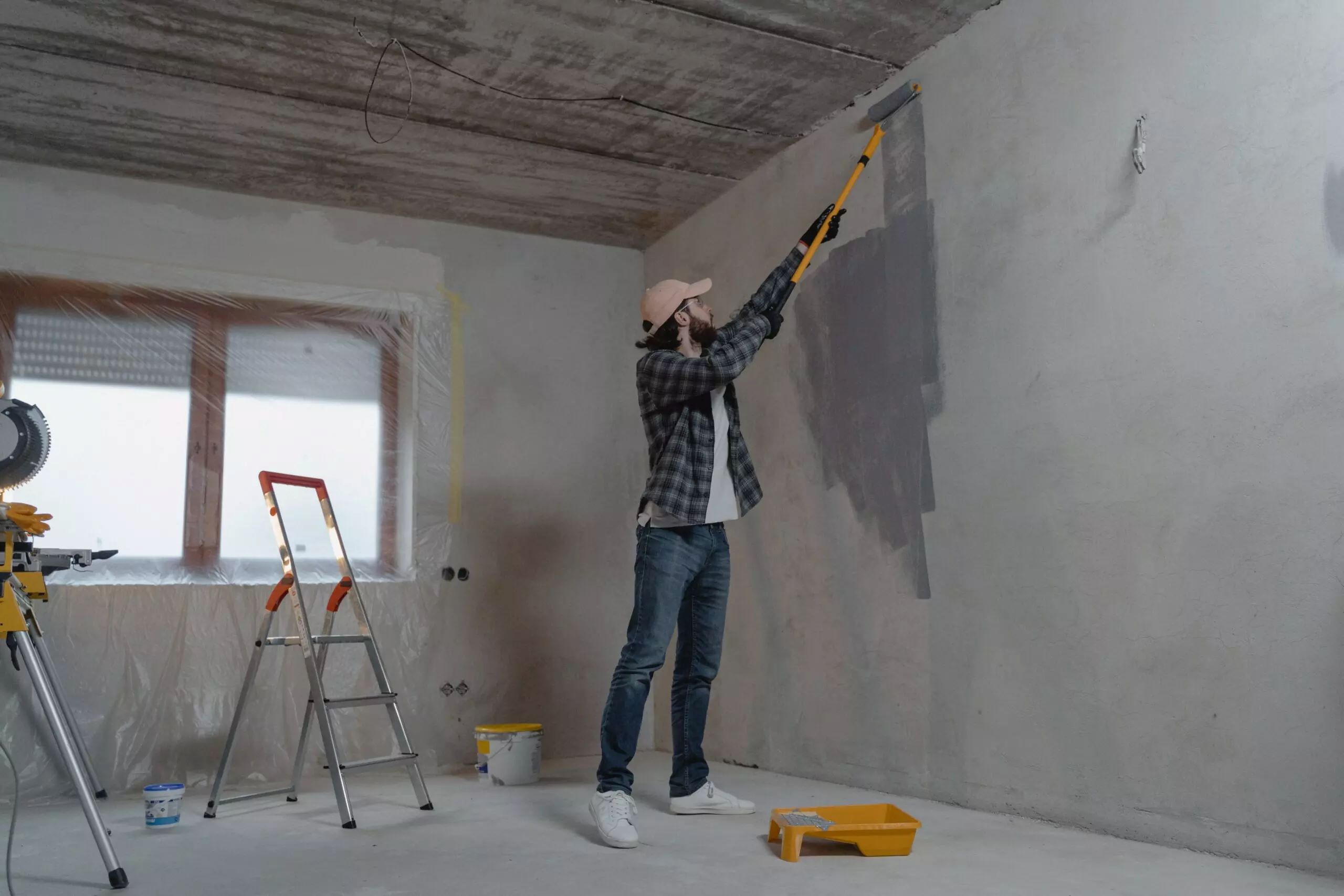
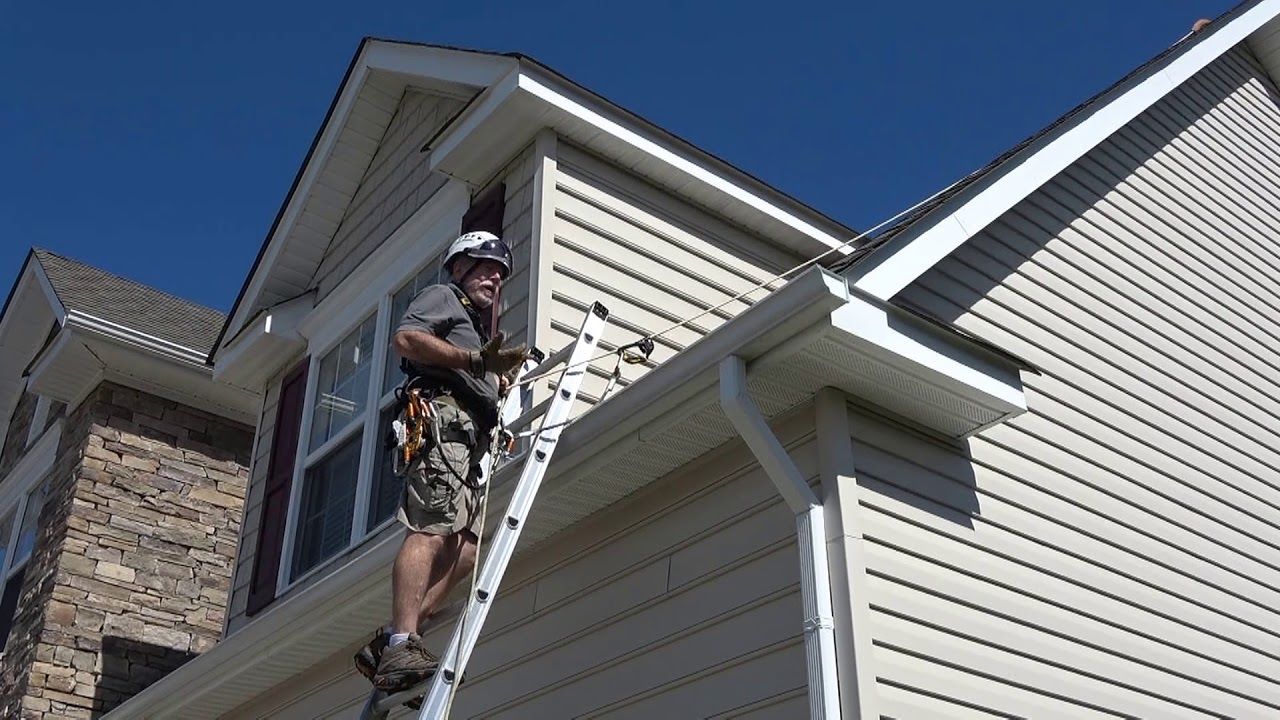
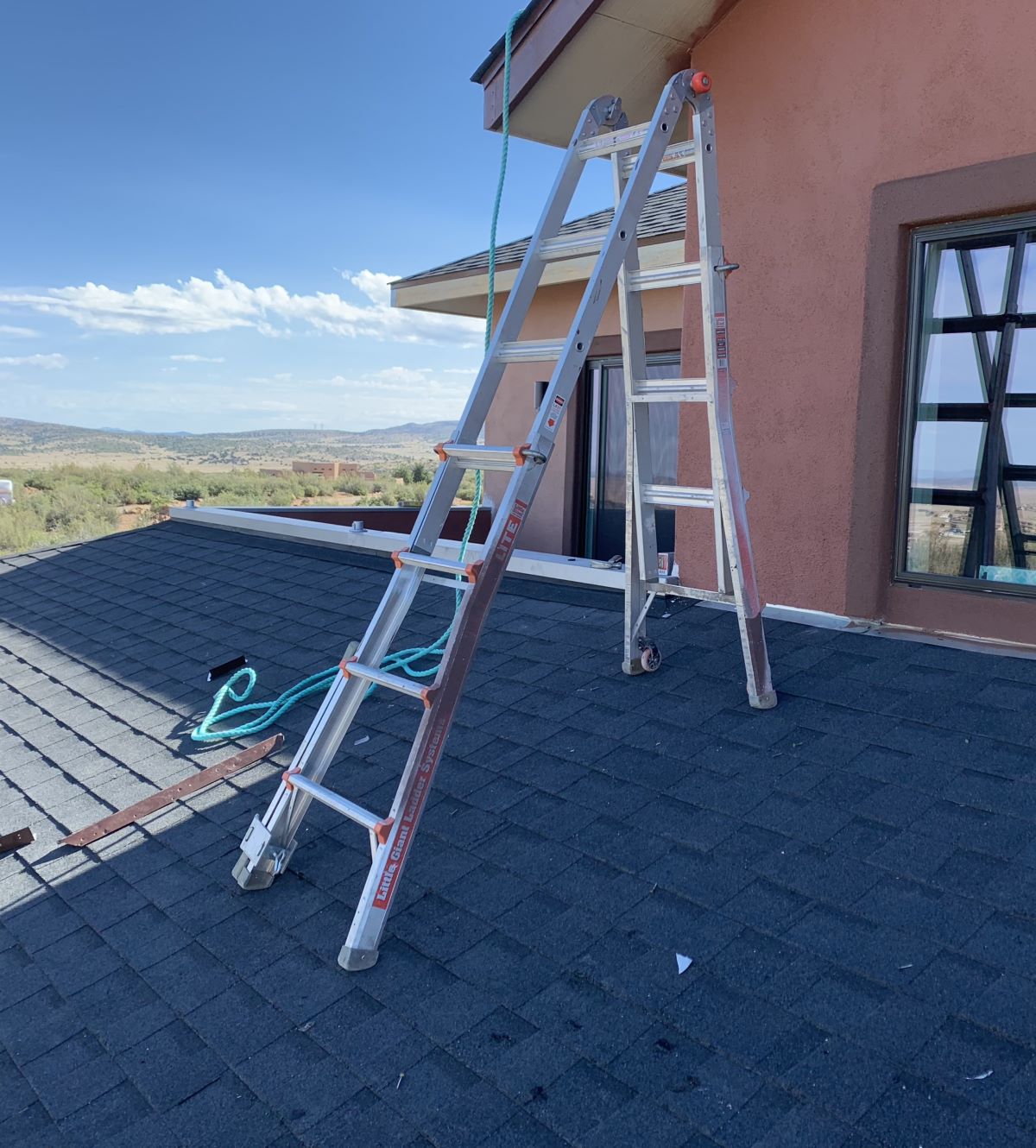

0 thoughts on “How To Use A Ladder To Paint A Stairwell”